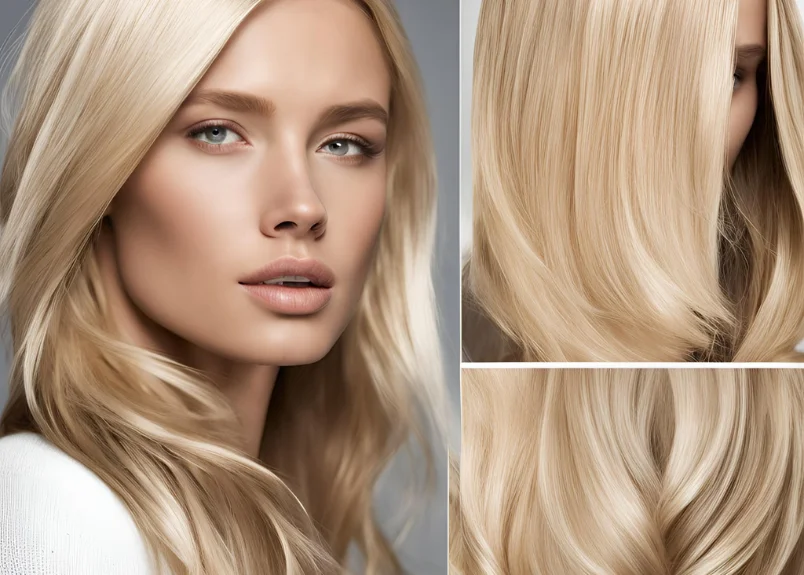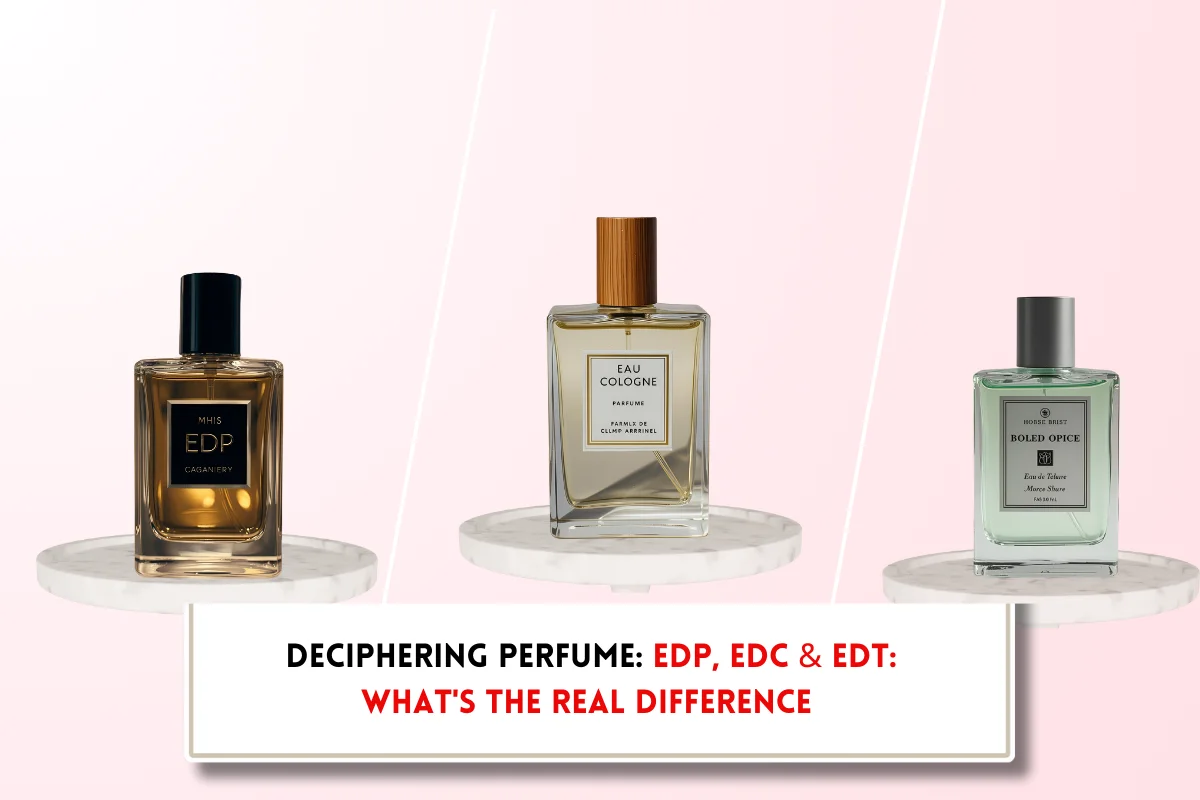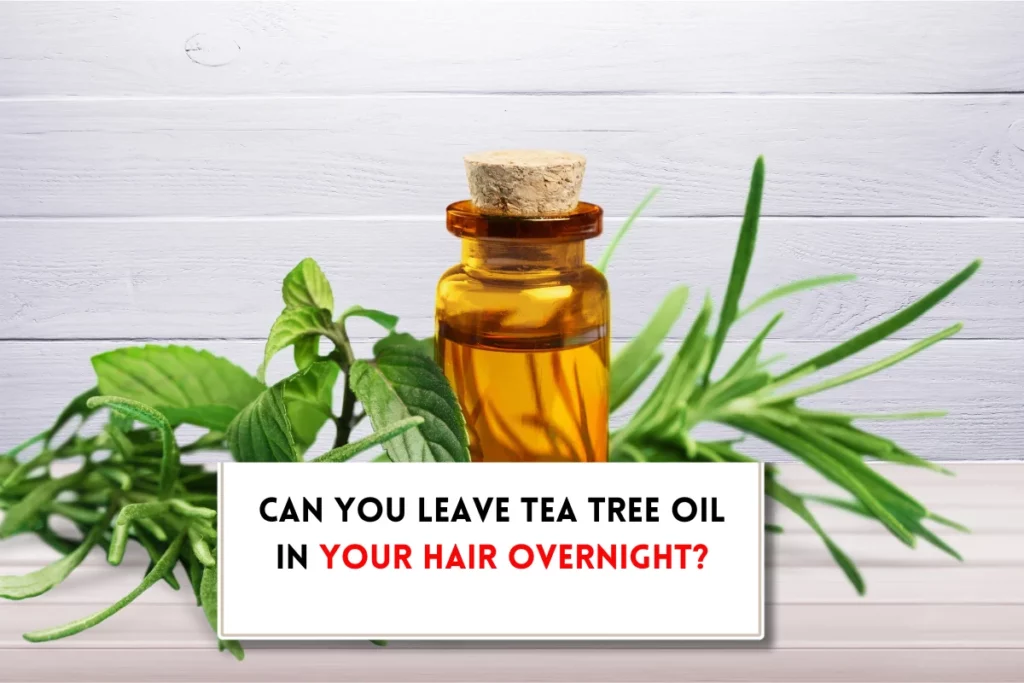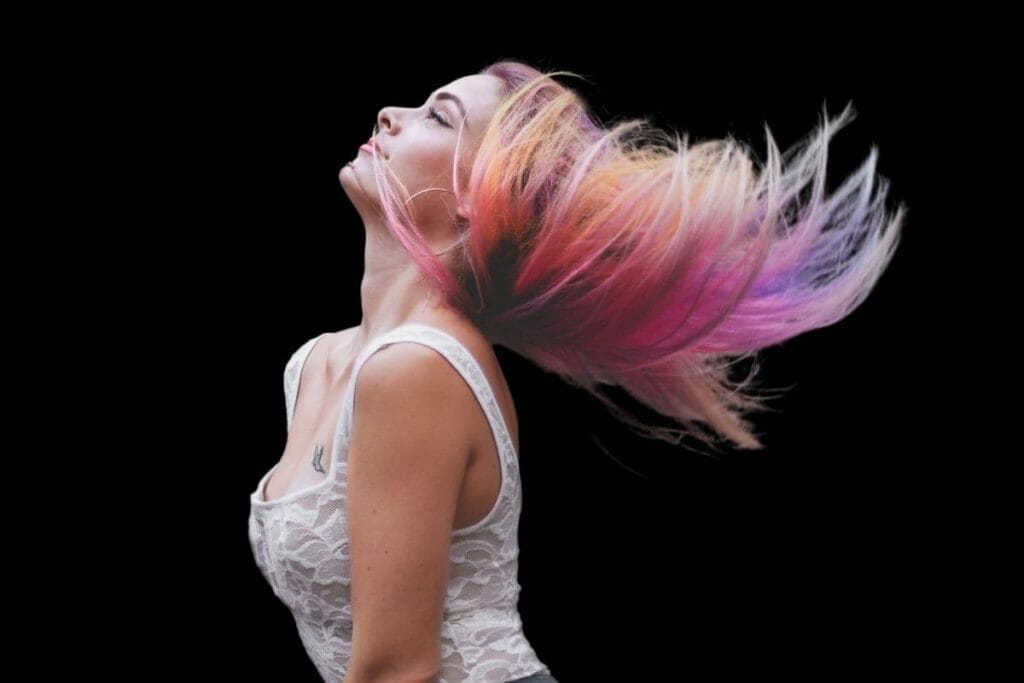What is double process color?
At BeautyCaters, our expert team independently curates every recommended product. Purchases through our links may earn us a commission. Explore our transparent selection process.
Ever wondered what is the way to achieve those super-shiny, vibrant, “Marilyn Monroe type light shades”? The secret lies in a technique called double process color. From platinum blondes to vibrant fashion colors, double process coloring opens the door to limitless possibilities. So, what is double process color? This article makes you walk through those intricacies of double process color, exploring its benefits, and why it’s a popular choice among hair enthusiasts.

What is double process color?
Double process color is a two-step hair coloring technique that delivers vibrant, long-lasting results. It’s particularly popular for dramatic color transformations, like going from dark to light or achieving bold, unconventional shades alike to Disneys Princess Elsa’s hair or bright platinum blonde shade of Gwen Stefani. But the results can vary. It can be a natural looking shade like Kate Winslet to severe blonde bombshell like Anne Hathaway.
The process of double process color typically involves two stages:
- Lightening: This step uses bleach to lift the natural pigment from the hair, creating a lighter base. The amount of bleach used and the duration of application will depend on the desired level of lift and the hair’s current condition.
- Toning or Glazing: Once the hair is lightened, a toner or glaze is applied to neutralize unwanted brassy tones and achieve the desired color. Toners are semi-permanent or demi-permanent dyes that add subtle color and tone to the hair, while glazes are clear coatings that add shine and seal in color.
How to do a double process hair color?
If a deep brunette hair is transitioned to platinum blonde in few hours, it is probably because of a double process hair color done before. Double process hair color involves two distinct stages:
- Bleaching: The initial step involves lightening the hair using a bleach solution. This process removes the natural pigment, creating a lighter base for the desired color. The intensity of the bleach and the duration of application will depend on the desired level of lift and the hair’s current condition.
- Toning: Once the hair is lightened, a toner is applied to neutralize any unwanted brassy tones and achieve the desired shade. Toners are semi-permanent or demi-permanent dyes that add subtle color and tone to the hair.
Why choose double process color?
Double process color offers several advantages, making it a popular choice for those seeking dramatic hair transformations and vibrant, long-lasting results. Here are 3 key benefits:
- Dramatic color changes: Ideal for achieving significant color transformations, such as going from dark to light or light to dark.
- Vibrant, long-lasting color: Provides a deeper, richer hue that can withstand multiple washes, ensuring your color stays vibrant for longer.
- Customization: Allows for precise control over the final color result, enabling you to achieve your desired shade with precision.
Factors to consider for double process hair color
Before you opt for a double process coloring there are 2 factors you must consider. They are:
- Hair health: Double process color can be damaging to the hair, especially if it’s already compromised. It’s essential to consult with a professional stylist to assess your hair’s condition and determine if it’s suitable for this technique.
- Maintenance: To maintain the vibrancy and longevity of your double process color, regular touch-ups and at-home care are necessary. This may include using color-safe shampoo and conditioner, avoiding excessive heat styling, and protecting your hair from the sun.
When to choose double process color?
Double process color is a more complex and time-consuming technique compared to single process color. It’s generally recommended for the following scenarios:
- Dramatic color changes: If you’re looking for a significant color transformation, such as going from brunette to blonde or a dark shade to a pastel hue, double process color is often the best option.
- Very light or pastel shades: To achieve extremely light or pastel shades, a double process is typically required to lift the hair to a sufficiently pale base.
- Dark hair with significant lightening: If your natural hair color is dark and you want to go significantly lighter, an all-over double process color may be necessary to achieve the desired shade.
Some double process color options

Need more inspiration for your next hair color transformation? Here are some additional double process color ideas:
Trending double process colors
- Chocolate lilac: A stunning combination of chocolate brown and lilac purple. This trend has been gaining popularity due to its unique and eye-catching appearance. The chocolate base provides a rich, luxurious foundation, while the lilac accents add a playful and feminine touch.
- Mushroom brown: A cool-toned, ashy brown with hints of gray. This trendy color has a natural, understated elegance that complements various skin tones. The mushroom brown hue is perfect for those seeking a sophisticated and modern look.
- Coral: A vibrant, summery hue that requires bleaching for a bold result. Coral hair is a bold and daring choice that can instantly brighten up your complexion. The bleaching process is necessary to achieve the desired intensity and vibrancy of the color.
- Platinum blonde: A classic icy blonde that often involves multiple bleaching sessions. Platinum blonde is a timeless and glamorous color that exudes luxury and sophistication. Achieving this icy shade often requires multiple bleaching sessions to lift the hair to a sufficiently pale base.
- Pastel shades: Soft, light colors like pastel pink, lavender, or blue. Pastel shades are a playful and feminine choice that can add a touch of whimsy to your look. These delicate hues require a lightened base to ensure they appear vibrant and true to color.
Other popular double process colors
- Ash blonde: A cool-toned blonde that requires regular maintenance with purple shampoo. Ash blonde is a sophisticated and edgy choice that complements various skin tones. To maintain the cool-toned aspect of ash blonde, it’s essential to use purple shampoo to counteract any unwanted brassiness.
- Red velvet: A deep, rich red that’s perfect for fall. Red velvet is a bold and glamorous color that evokes a sense of luxury and sophistication. This deep, rich hue is particularly flattering for those with warm undertones.
- Ginger: A warm, fiery red that’s both trendy and timeless. Ginger is a vibrant and eye-catching color that can add a touch of spice to your look. This warm, fiery hue is suitable for those with both warm and cool undertones.
- Rose blonde: A romantic blend of blonde and pink. Rose blonde is a feminine and romantic color that combines the softness of pink with the brightness of blonde. This delicate hue can add a touch of femininity and charm to your appearance.
- Gray: A modern and stylish choice for those embracing their natural color. Gray hair is a stylish and modern choice that has gained popularity in recent years. Embracing your natural gray can be a bold and empowering statement.
Final Word: What is double process color?
Double processing your hair can be a great way to achieve a dramatic color transformation, but it’s important to approach it with caution. The process can be damaging, so it’s crucial to choose a professional colorist with experience in double-processing. By taking care of your hair before, during, and after the process, you can minimize damage and enjoy your new look. Remember, healthy hair is beautiful hair, so always prioritize its well-being.










